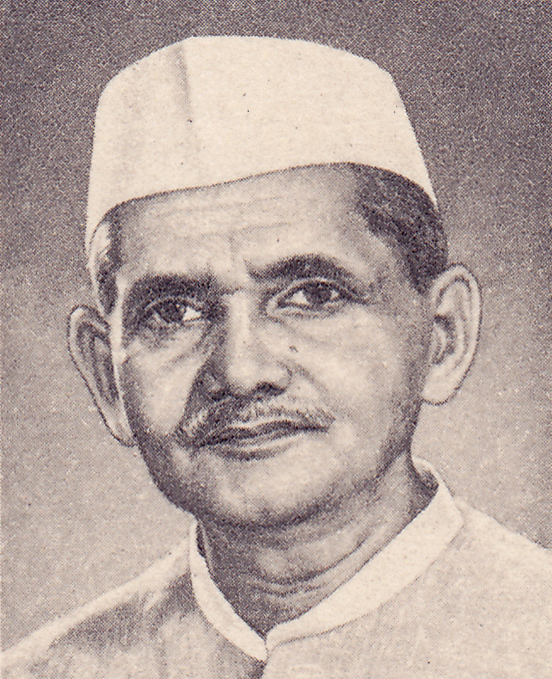A unique typical Lutyens bungalow at 1, Motilal Nehru Place, New Delhi is a memorial to India’s second prime minister after independence- Lal Bahadur Shastri. It pays homage to the great Shastri ji, known as a man of great integrity and competence. He had lived in this house since 1952 until his demise on 11 January 1966. Lal Bahadur Shastri had died in his office while he was negotiating peace in Tashkent, USSR, in 1966. He lived here as a minister in the government of India, holding important portfolios like Railways, Communication, Commerce and Industry and home. In 1964, when he became the Prime Minister, he decided to live in this house instead of a bigger one. The house is not just a memorial, but it portrays his personality, his work and the interconnectedness of his life to this place. The house was converted to a memorial after its renovations inaugurated by Dr. Manmohan Singh- the then Prime Minister, on 7th May 2005. His simplicity and humble nature can be felt in each and every corner and space of the building.
The memorial building is different from memorials of other eminent personalities in terms of simplicity. The personal belongings of Shastri ji inside the memorial show his traditional background and represents how his hard work, sincerity, integrity and commitment helped him climb up the ladder of success. The contribution of his better half, Lalita Shastri in his life is also reflected through the memorial. A few excerpts from the book “Lal Bahadur Shastri: Past Forward” authored by his son Sunil Shastri will give us an idea about how humble and down to earth personality he was. Once when Lal Bahadur Shastri’s wife decided to learn Hindi, she paid the tuition fees by dispensing with the domestic maid and doing the household chores herself. Another instance is from the time of independence struggle, Shastri protested when his wife smuggled two mangoes to him when he was in the Faizabad prison. He was angry because it was illegal for prisoners to have anything other than jail food. Shastri often used to hand over his khadi kurtas when they became unusable and asked his wife to make handkerchiefs out of them. He lived on the simple philosophy of ‘waste not, want not’. The whole building is an amalgamated reflection of the ideals of the couple.
Enclosing the building is an outer lawn, consisting of an Orchard, a badminton court, a mandapa having Shastri ji’s imprints. The lawn was the site of discussions and various meetings held by Shastri ji. The orchard is significant in Shastri ji’s popular message for the Nation- “JAI JAWAN JAI KISAN”. Going to the back portico, you will see the famous fiat car (1964 model). It was purchased by him against a loan from the Punjab National Bank. The inner space of the building, with multiple rooms, is now transformed into display rooms to reflect the intimate personal ambience of Shastri ji’s belongings. The interiors consist of a drawing-room at the front, an anteroom, a bedroom and a verandah at the rear of the building. The other section has a small bedroom with a cot and very simple furniture totally denoting Shastri ji’s ideals of simplistic living and high thinking. And preserved in time is the room including Lalita Shastri’s prayer hall, her kitchen restored to its originality.
Some other display items in the interior spaces include items relating to his socio-political life, especially portraying foreign relations through photographs, souvenirs, art objects etc. Again, a section wholly dedicated to Shastriji’s personal belongings such as his Khadi dresses, a woollen coat gifted to him by Jawaharlal Nehru, a pen, his wooden slippers and other valuable belongings. There is also an office chamber with his desk and chair where he used to do his official work. Lal Bahadur Shastri because of his extraordinary contribution to the nation was honoured with the highest award of Bharat Ratna.




